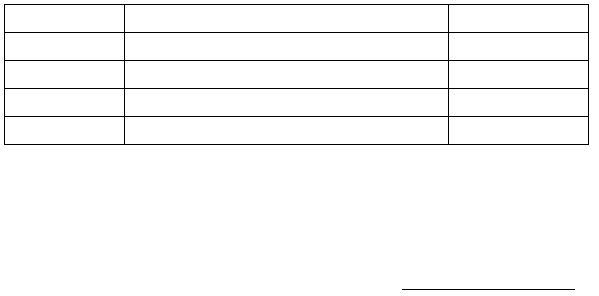
U-8
C.
Label four test tubes A-l to A-4. Put 3 mL of deionized water into each test tube and then add the
following reagents to the appropriate tube. Mix well and transfer about 2 mL of each solution into the
corresponding well of the well dish.
Test Tube
Reagent Added
Well Number
A1
nothing
A1
A2
few grains of sucrose
A2
A3
8 drops of 0.50 M acetic acid
A3
A4
8 drops of 0.50 M hydrochloric acid
A4
NOTE:
Be sure to rinse the Pasteur pipet with deionized water after transferring each
solution so that no contamination of the solutions occurs.
D.
Determine the conductivity of the solutions in each well following the procedure outlined below:
NOTE: Rinse the probes of the detector with deionized water between each measurement.
Put the probes into well B-1. Record on your Observations Sheet the degree of brightness of the detector's
light (use the phrases given on the Observations Sheet, ie. "no light, faint, moderate light and bright"). Rinse
the probes and continue to determine the conductivity for each solution. Record your results for each
solution on your Observations Sheet in terms of the brightness of the light.
Dispose of the contents of the well dish and any test tubes containing dichloromethane into the
designated dichloromethane waste bottle in the fume hood.
Wash the well dish and the test tubes with hot soapy water and rinse well with tap water before returning
them to their designated locations.
Part II: Periodic Trends
A.
Comparison of the acidity of aqueous solutions of MgO and of P
4
O
10
.
Magnesium oxide is quite insoluble and P
4
O
10
is quite corrosive. Your laboratory instructor will prepare a
solutions of these substances for you to test.
Place one drop of each solution on a piece of pH test paper to determine the acidity of the solution. Record
your observations.
